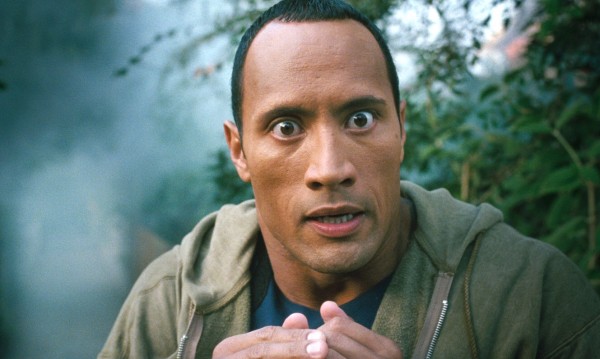
There’s a strong history of talented directors that started off with big milestone debuts that kicked in the doors and signified that a new voice of cinema had arrived. It’s a romantic notion, but one that sadly seems to create a huge amount of pressure regarding how they follow it up.
Several incredibly talented directors have suffered the slump with their following projects, and those that stumbled have (usually with some heavy lifting) survived. However, some have not been as lucky. Let’s look back at those big debuts that suffered epic stumbles and their uncertain repercussions.
1. John McNaughton – The Borrower (1991)
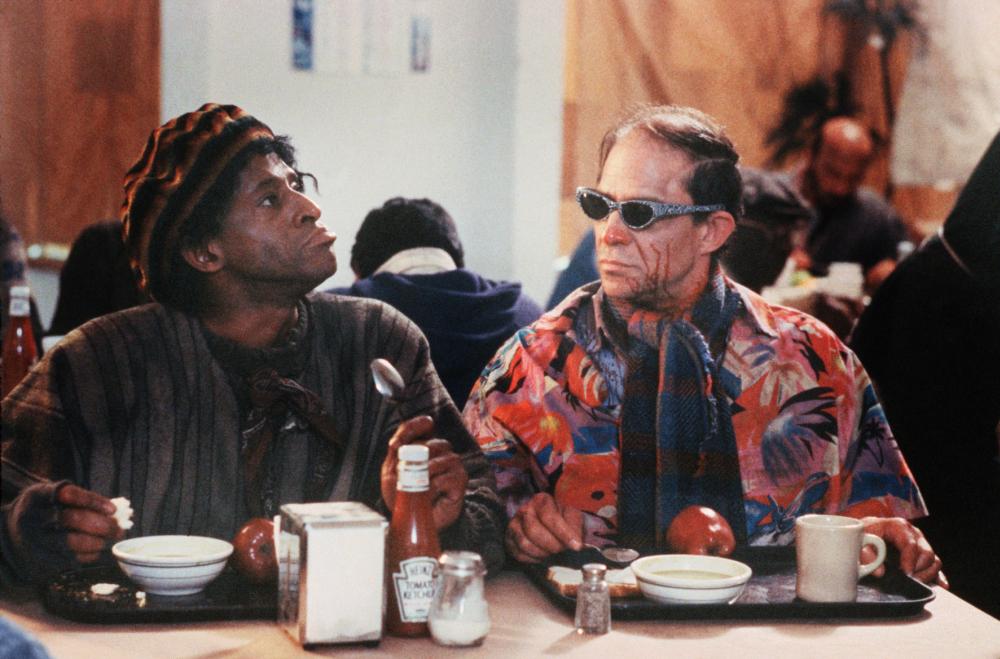
Debut: John McNaughton had one of the strongest horror debuts imaginable with “Henry: Portrait of a Serial Killer” (1986), a chilling journey into a serial killer’s mind that left many viewers traumatized and has yet to lose its power, to this day. The director, a Chicago-based photographer, impressed many with his grimy on-location visuals and deadpan realism towards the subject, and all eyes were on him to make his follow-up film.
Film In Question: Quickly after his debut’s jaw-dropping reception, McNaughton started work with the majority of his cast and crew on “The Borrower”, a wacky horror flick featuring an alien criminal dumped on Earth that needs to jump from different bodies before they deteriorate (or their heads explode in epic fashion).
The company financing it went under, putting the film’s release in limbo till Canon bought it up. However, the eventual reception was middling – most were confused by McNaughton’s change in gears and the film’s subpar quality. It didn’t help that during its time on the shelf, the very similar and far superior “The Hidden” (1987) had stolen much of the film’s thunder.
Is It Any Good? It’s a far cry from “Henry”, but there’s still some fun to be had from this weird little movie. Yes, there are plenty of flaws, including bad dialogue, some erratically amateurish editing, and the late 80’s confusing persistence to make the average Rae Dawn Chong a leading actress.
Still, there are some fun moments sprinkled throughout, including an inventive scene where the alien borrows a dog’s head to take out a group of wannabe rockers. There’s also a scene-stealing turn from “Henry” alumni Tom Towles, some decent special effects, and an oddball vibe helping things along. It’s certainly a big drop in quality, but it still has enough amusing moments for genre fans.
Aftermath: There’s no denying that the reception for “The Borrower” scarpered McNaughton’s momentum as a respected director. However, he still managed to pull off a few minor successes – including the low-key Robert De Niro vehicle “Mad Dog and Glory” (1993) and the sleazy sleeper “Wild Things” (1998) – but nothing has hit the high notes of his classic debut as of yet.
2. Vincent Gallo – The Brown Bunny (2003)
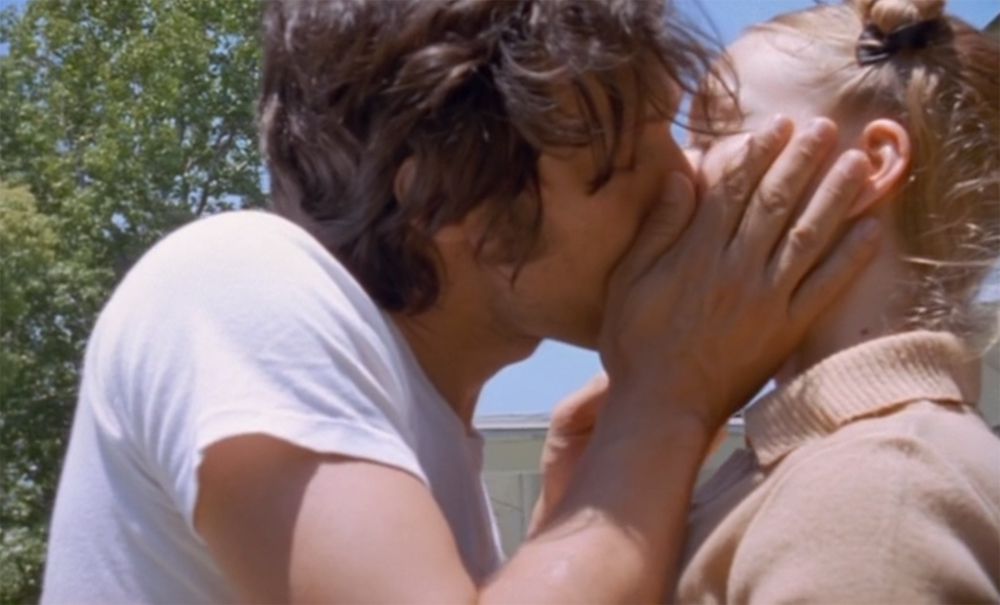
Debut: Vincent Gallo had already built up an impressive pedigree as indie actor (“Arizona Dream”, “The Funeral”), and then out of nowhere, he directed, wrote, scored, and starred in the unique and effective melodrama “Buffalo 66” (1998), which won rave reviews and showcased an exciting talent behind the camera as well.
Film In Question: Despite the unanimous praise his debut received, word was out that Gallo was intolerable to work with; most of the cast and crew (including cinematographer Lance Acord) swore off ever collaborating with him again. This left Gallo to take a true hands-on approach with little opposition for his next movie.
Expectations were high as it was selected for the ‘In Competition’ section at the Cannes Film Festival, but the screening turned into the stuff of an epic disaster, with Roger Ebert even claiming it as “the worst film in the history of Cannes.” An angered Gallo went back to the editing room and cut a good 30 minutes out for its wide release; it only did so much, since the film was still unanimously dismissed.
Is It Any Good? In one word – no. Gallo’s sophomore effort is just as bad as all the press had spelt out, and it’s a case of “better believe the hype.” Even at 90 minutes, it’s overly long, and a dragging, self-indulgent bore masking as an art house mood piece. It’s a grand shame, because even Gallo’s acting ability is compromised as he simply sulks from scene to scene, making out with random women (included a non-simulated blowjob with Chloe Sevigny) or driving his car down endless highways. It’s a film he clearly made for himself and absolutely no one else.
Aftermath: The “Bunny” debacle managed to not only kill his directing career – “The Promise in Water” (2010) was quickly ignored as indulgent rubbish – but it also killed his demand as an actor, with Gallo largely retreating into niche moviemaking for the most part. His powerhouse turn in “Essential Killing” (2010) was the sole high point for him in recent years.
3. Sam Raimi – Crimewave (1985)
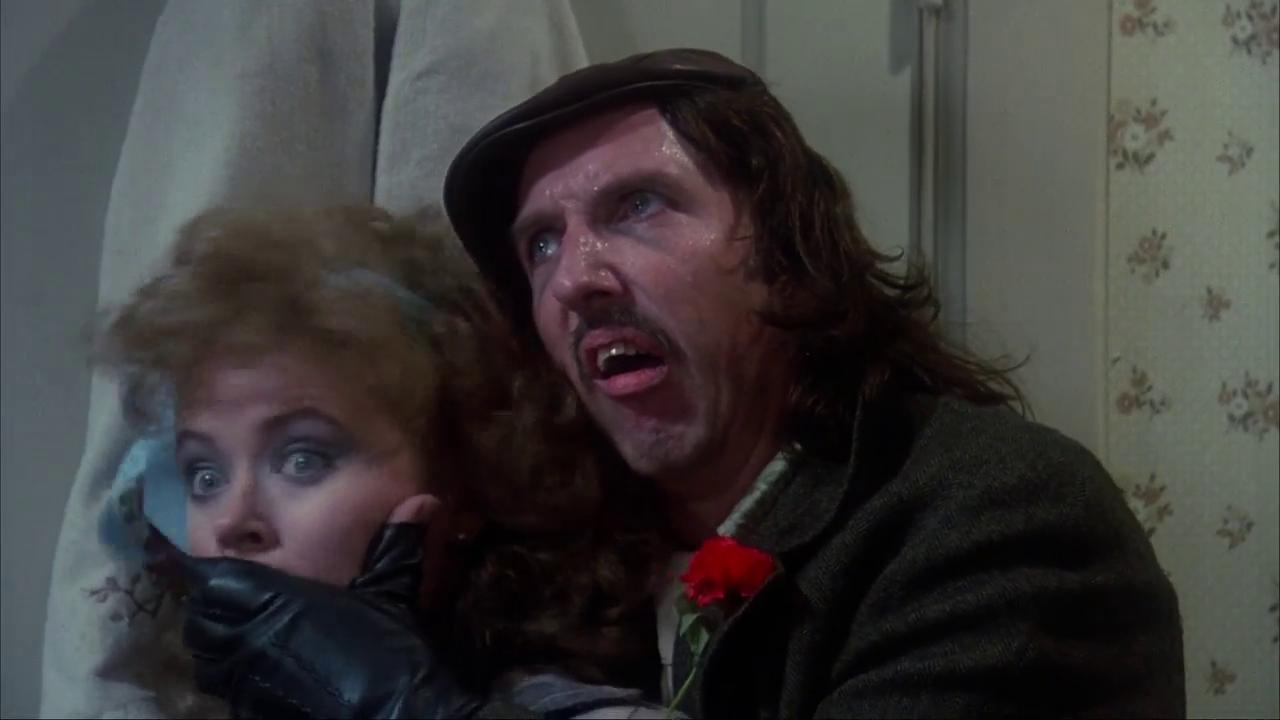
Debut: Sam Raimi’s nasty little horror film “The Evil Dead” (1981) was made on a shoestring budget, but its arresting style, visual inventiveness, and shocking mean streak made it a massive genre hit that had the film community buzzing about what Raimi could do with a decent budget for his next project.
Film in Question: That film would be a bizarre mid-80’s crime/horror mashup by way of ‘Looney Tunes’ and co-written by the Coen brothers, no less. It’s definitely a tantalizing lineup, but unfortunately it was a miserable and compromised experience for Raimi from the offset. Having enjoyed hands-on freedom with his lower-budget roots, Raimi suddenly had several suits micro-managing every step of the process.
Raimi’s regular protagonist Bruce Campbell was denied the lead, directorial trademarks were tossed out as unnecessary, and Raimi’s individual touch in post-production was watched with scrutinizing detail. It was a depressing ordeal for the Detroit native, and one that almost killed his career as the film went down in critical and commercial flames upon release.
Is It Any Good? Well, it’s a structural mess and hardly the director’s finest moment. However, without a doubt, there’s a rough-edged charm to the piece, and even with all the compromises, it still boosts Raimi’s finesse with some inventive set pieces with the humor hitting its mark a handful of times (Campbell, of course, steals every scene in a hilarious supporting role). For fans of his work, it’s worth seeking out, although watch it with low expectations.
Aftermath: Raimi smartly went back to the horror genre immediately, and made the wackier (and arguably superior) “Evil Dead II” (1987), which cemented his cult status and unique flavor coupled with success. He had a steady stream of genre successes since then, but stepped up to a whole new level when he directed “Spider-Man” (2002) and became a blockbuster A-lister.
4. Dennis Hopper – The Last Movie (1971)
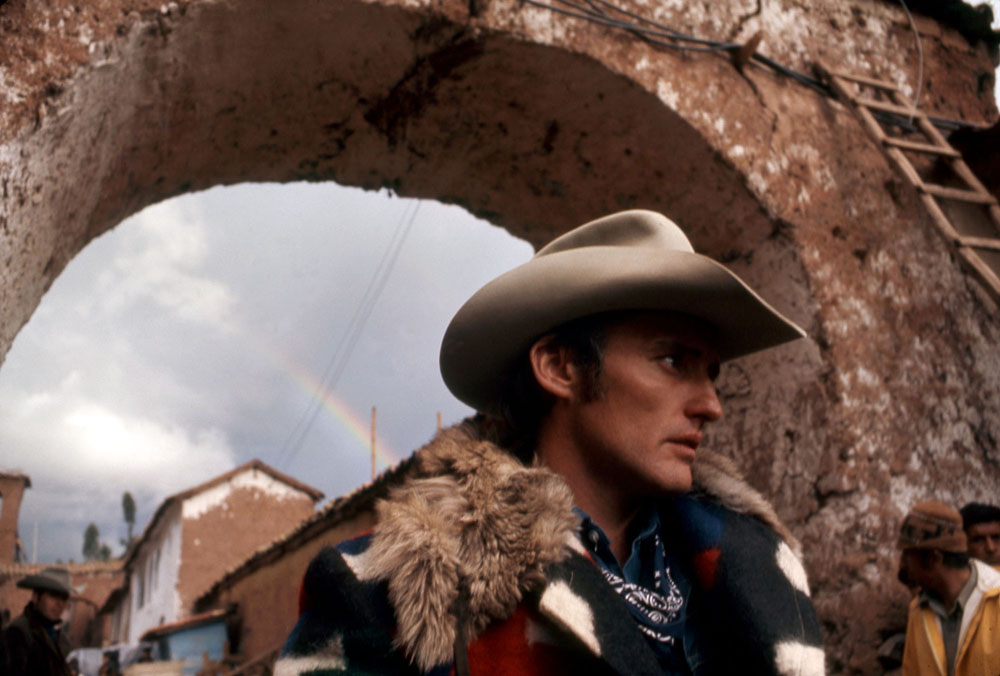
Debut: After struggling as a minor actor in the 50s, Dennis Hopper found success behind the camera in his directorial debut “Easy Rider” (1967), a behemoth counter-culture success that helped kickstart a new wave of American cinema. Hopper sat on the frontline of a new Golden Age of film and was given carte blanche for his follow-up movie.
Film In Question: After constant bickering about who was responsible for what with fellow “Easy Rider” star and co-writer Peter Fonda, Hopper went off on his own for his next film, his longtime passion project centered around a stuntman and his experiences in a small Peruvian village.
Despite Hopper’s erratic mood swings, he managed to pull off the shoot without much fuss; it was really in post-production where things started to go pear-shaped. After having completed a final cut on deadline, Hopper fell into a minor crisis with a whirlwind of cocaine and booze, as he burned his original assembly edit and started fresh, going for more of an experimental psychedelic edit.
The studio wasn’t happy, and despite it initially winning the Golden Lion at the Venice Film Festival, its reception was disastrous. Critics passionately hated it, audiences didn’t get it, and the general public grew tired of Hopper and his off-the-wall behavior. He was blacklisted and shunned out of the industry in one its most creative periods, which he ironically helped start.
Is It Any Good? Well, the film is hardly the lost masterpiece some critics would have you believe, but it’s still not without its merits. It’s guilty of all the things thrown against it – it’s meandering, pretentious, overlong, and over-drugged – yet there’s an odd power to the film. Hopper’s keen visual eye and talent for garnering a rare naturalism out of his performers and situations lead to some fascinating scenes that stand well on their own.
It’s the sum of the experience, which is a mess as it attempts to shove some sort of existential message down your throat, yet it isn’t quite clear what that is (most likely an afterthought from the editing suite). Still, its grainy 70’s vibe has a individual flavor and chaos to it, which makes it fascinating viewing, even though it’s hard-pressed in what it’s selling.
Aftermath: As mentioned earlier, Hopper had to sit out most of the 70s due to him being blacklisted, with only a minor appearance in “Apocalypse Now” (1979) being of significance. The 80s turned things around; his minor success behind the camera with “Out of the Blue” (1980) and “Colors” (1988) did okay, but it was his acting career that really took precedent in the long run, carving out a successful run as a character actor and go-to villain (“Blue Velvet”, “Speed”) until his recent death.
5. Richard Kelly – Southland Tales (2006)
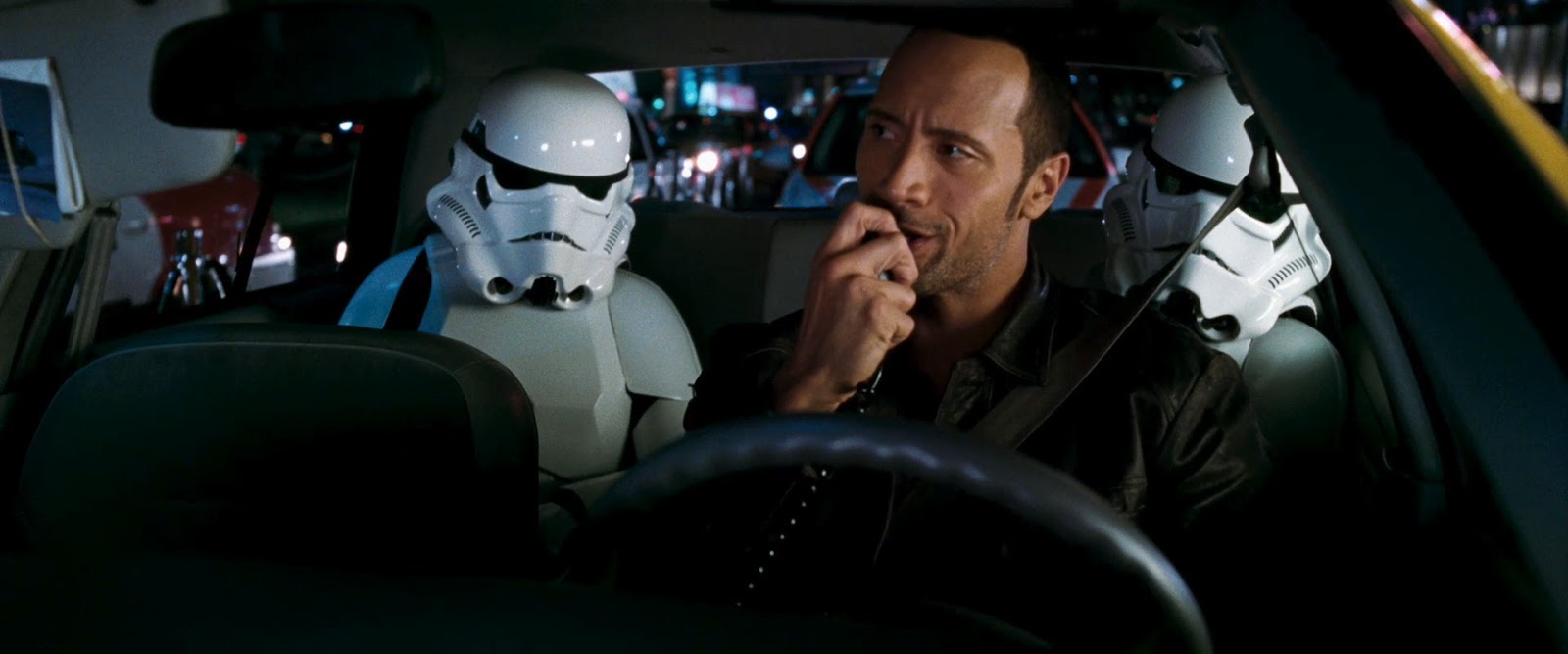
Debut: One of the most exciting debuts of the 2000s, Richard Kelly’s elaborately plotted mind-trip “Donnie Darko” (2001) wasn’t necessarily a financial hit, but the critics praised it and it quickly built into a massive cult sensation. Kelly was considered to be the coming of a major talent, and all eyes were on him for his next project.
Film In Question: Kelly choose to make his sci-fi response to a post-9/11 America based in a futuristic Los Angeles that teetered on apocalypse. Despite initial excitement, a disastrous screening at the Cannes Film Festival put a pin in its momentum and the studio got cold feet.
Kelly needed to trim his nearly three hour opus into something more manageable but it did little good; truncating an already obtuse plot only made things more frustrating and it was released to much chagrin, with Kelly quickly being written off as a fluke director.
Is It Any Good? Kelly’s movie is the type that demands a lot from its audience and gives very little back. The audience is constantly thrown expositions and introduced to a nonstop barrage of characters that don’t add up to any payoff or satisfying resolution.
The vague and ambiguous plot twist is weak, and the central trio (Sarah Michelle Gellar, Dwayne Johnson, Seann William Scott) are all miscast in awkward roles. It’s sad because the world Kelly builds, along with its visual palette, hint at a better movie, but it’s all just a hollow and tiring experience.
Aftermath: Kelly attempted to make amends by doing something slightly more crowd-pleasing with his thriller “The Box” (2009). Unfortunately, the film wasn’t very good as it had zero suspense, a weak lead performance by Cameron Diaz, and an awful twist ending. It hardly left the stink that “Southland Tales” created, but it was quickly forgotten and little has been heard about the once promising Kelly since.